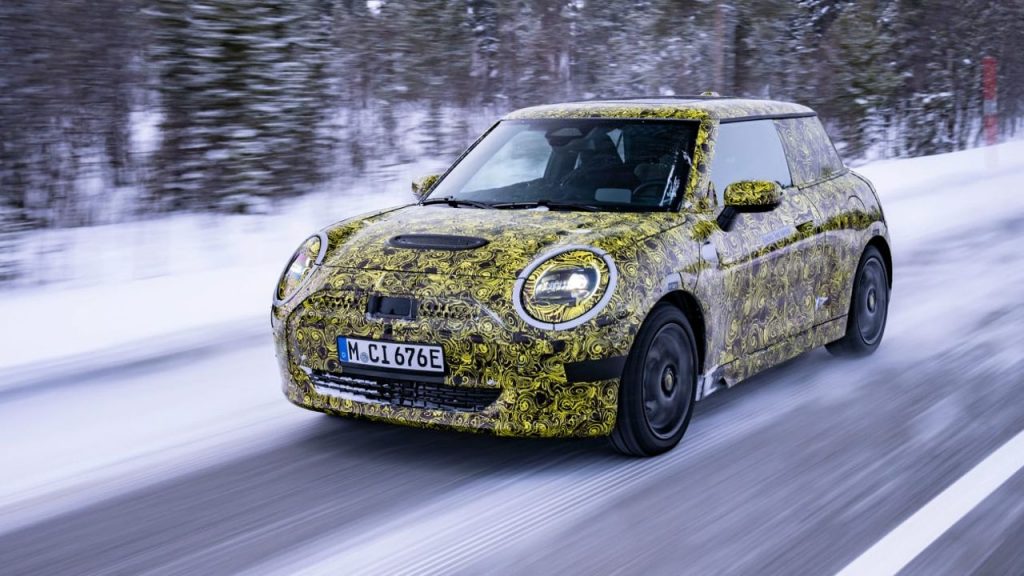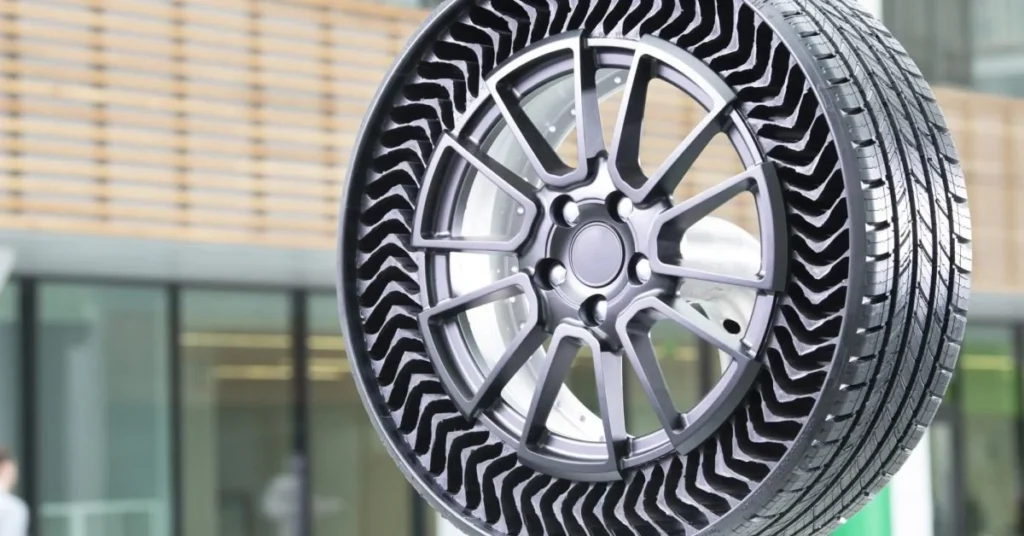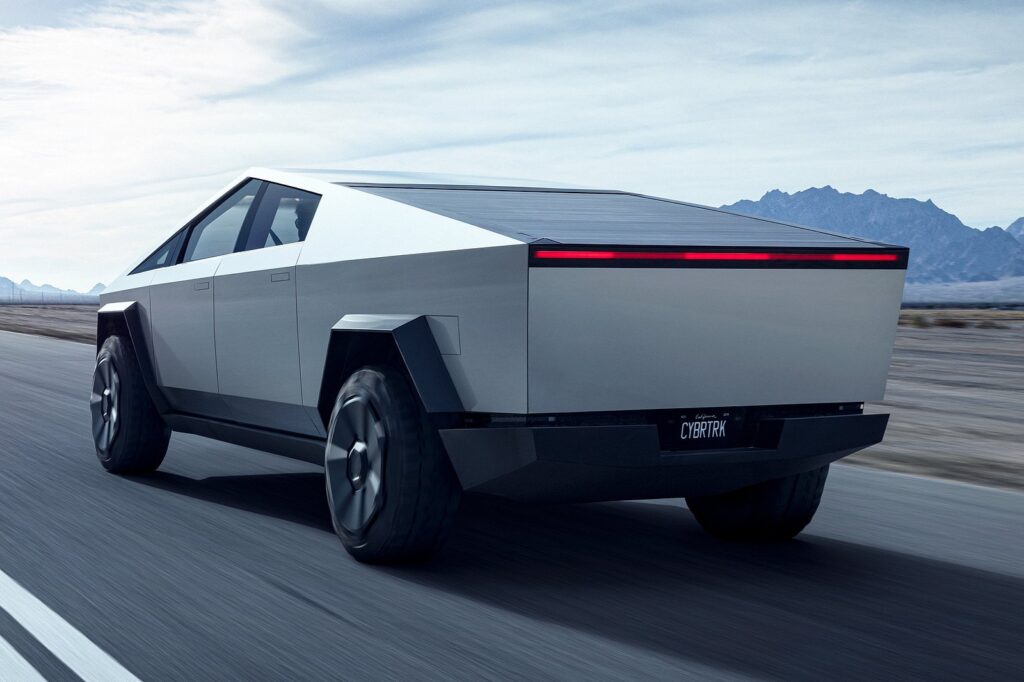The new Mini hatchback has been unveiled before its scheduled 2019 debut, and it has finally lost its disguise.
Mini’s second-generation tiny electric vehicle, now called the Cooper, will be assembled in China on a new front-wheel-drive chassis developed by BMW’s joint venture with Great Wall, Spotlight Automotive.


Oxford will also produce a gasoline-powered variant that takes cues from the present vehicle’s design while riding on a completely new chassis. While Mini chief Stefanie Wurst briefed Autocar and a prototype was driven around Sweden, this is our first glimpse at the final production design of the long-awaited 2024 Cooper.
It’s obvious that Mini’s designers made an effort to fulfill a promise to return “the iconic hatchback to its roots,” as the company has dubbed the new model.
The Fiat 500-rival
The Fiat 500-rival has a more purposeful stance thanks to its wider track, shorter overhangs, longer wheelbase, and larger wheels, and the company’s devotion to minimalism (and thus sustainability) extends to a purer and simpler overall treatment.
The current Mini Electric has a new, more practical appearance that does away with the hefty black plastic wheel-arch claddings, clamshell bonnet, contrasting trim elements, and chrome headlight surrounds.
Recently, Wurst explained to Autocar why the car was being reimagined with less of a ‘luxury’ emphasis: To some extent, I agree that Mini is a cutting-edge brand. It’s not about how wealthy you are or how expensive your tastes are. You relax more, no longer fretting over your socioeconomic standing or your position in the workplace. It’s more of a mental attitude.”
The new car’s interior hasn’t been seen just yet, but it will mirror the outside in being user-friendly and straightforward. There will be physical switches and buttons for the primary functions, such as an ignition key-style starter. Information and statistics will be displayed in a “funky” fashion on the dashboard, replacing the traditional gauge cluster and taking up residence in Mini’s signature circular central display.
The electric Cooper will go on sale in May 2004
In May of 2024, the electric Cooper will go on sale, and the petrol version will follow roughly two months later.
The new EV will have the same 181 horsepower as the current Electric, and it should be able to go from 0 to 62 mph in about 7.0 seconds. Compared to the current gas-powered Cooper S hot hatch, it would make it nearly as speedy, and more significantly, a formidable competitor to the upcoming Abarth 500e.
But it won’t be the quickest EV; a 215-horsepower Cooper SE hot hatch is in the works and looks to be a worthy rival in the emerging electric hot hatch market. And eventually, a John Cooper Works, rumored to produce over 250 horsepower, will make it obsolete.
The electric Cooper will have a range of 240 miles (up from 150 in the current Electric) thanks to its 40 kWh battery, while the Cooper SE will have a range of close to 300 miles because of its larger, 54 kWh pack.
The charging time and battery layout of the Cooper Electric are still unknown from Mini.
The Re-bodied Petrol Cooper
The petrol Cooper, which is essentially an updated and re-bodied version of the hatchback that has been on sale since 2014, will reportedly use honed versions of today’s turbo engines (a 1.5-liter triple in the Cooper and a 2.0-liter four-pot in the Cooper S), with improvements in efficiency and performance to match.
Since the Electric starts at £32,550, we expect the electric Cooper to start far beyond £30,000. Specs won’t be released until closer to the launch date.
The Fiat 500 EV, its closest competitor, starts at £28,195 but has a much shorter range of only 118 miles thanks to its 24 kWh battery.
After the initial rollout, the only Cooper model available will be a three-door hatchback powered by either petrol or electricity.
Next year, the equally long but higher-riding, electric-only Aceman will inadvertently replace the five-door hatchback. A new Convertible is also in the works, although we won’t see it until 2025 at the earliest.




